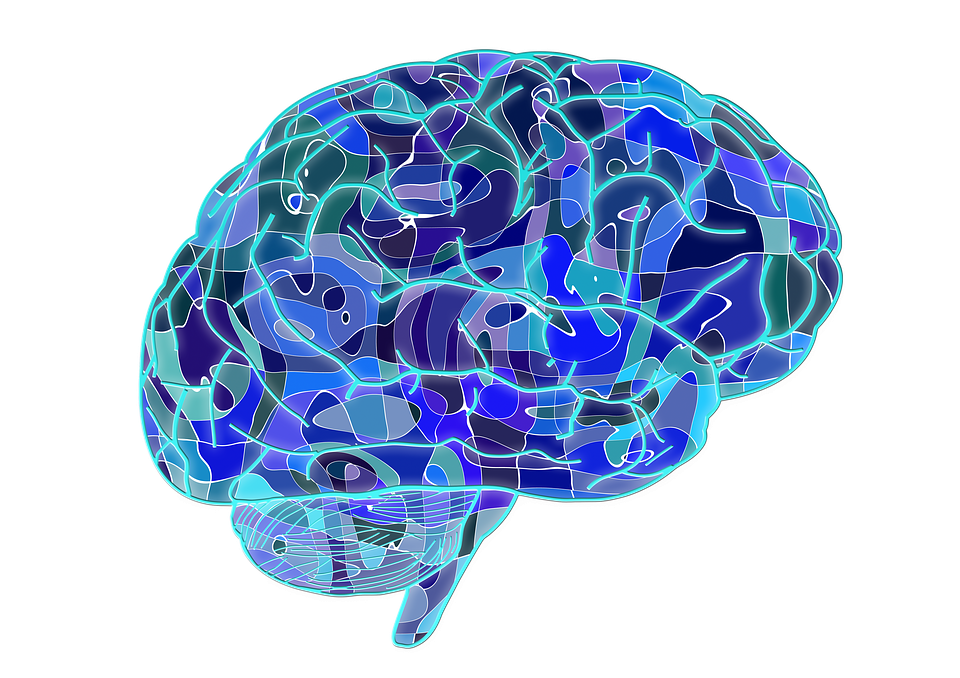Cerebrovascular and neurodegenerative disease is the leading cause of death in most cases of brain illnesses. Oxidative stress leads to the death neural death in cases such as stroke and oxidative reactions that are in arteriosclerosis, the primary pathological condition leading to stroke.

The neuroprotective effects of senolytics therapies show that flavonoids induce the growth of neurite in brain cells. Which also indicate the differentiation in neurons. Fisetin is the most effective flavonoid that promotes neurite growth. Investigating if the activation of cells by Fisetin is needed for their growth, researchers use three unrelated inhibitors. A similar effect is noted when treatment is done with the same inhibitors on Fisetin controlled growth.
There is consistency with previous studies showing how these activations provide neuroprotection while at the same time accelerate neural cell death. Moreover, reduced signaling in the cells that activate normal brain cell activities is observed in patients who have Huntington’s disease. This signals that the activation of some cells may introduce a new senolytic and therapeutic approach to tame neural dysfunction.
In relation to the mediated neurotrophic effects of Fisetin, most research data indicate that Fisetin does not enhance the exertion of the inhibitory effect on cell signaling. Fisetin suppresses the activation of some inhibitors in lipopolysaccharide. A comparative study involving apigenin, luteolin, and Fisetin was done as a study of their inhibitory effects and transcription activation. Evidence from this study indicates Fisetin suppress the invasion and migration of the lung cancer cells through inhibition of some cell activity. Given these outcomes that show some conflicting results is an indicator that more studies need to be done so that a conclusive report on the dual effects of Fisetin on brain cell signals and presentation of the mechanisms taking place on the healthy cells and cancer cells.
Fisetin has been used to show the effect pathways involved in the maintenance of neuronal functions during aging. It acts an antioxidant, maintains the mitochondrial function when oxidative stress is increasing, offers anti-inflammatory protection against microlial cells and inhibits the activity of 5-lypoxygenase that show how Fisetin can reduce the age-related decline in brain functions.
The ability of Fisetin to safeguard neural dysfunction was examined in three different models of Huntington’s disease:
- In cells that express mutant Huntington protein after the induction of inducible promoter
- In Drosophila expressing mutation of Httex1
- In the mouse model
All the three instances show that Fisetin reduces the impact of mutant huntingtin protein in all three observations above and are useful in the treatment of HD by reducing activation cells related to HD mutant protein.
As an antidepressant, Fisetin and its mechanism were observed in previous studies. Data coming from despair tests on mouse models show that Fisetin dose can inhibit movement time when seen in behavioral experiments. The Fisetin doses may affect the cell movement and response and do not affect locomotor activity.
More studies on Fisetin and its noradregic and sarotergenic properties. The higher dose of Fisetin counteracts the hypothermia induction by reserpine and leads to an increase in serotonin and noradrenaline levels in the frontal cortex and hippocampus. This increase is enough proof that the antidepressant effect of Fisetin is due to the regulation of central serotonin levels.


